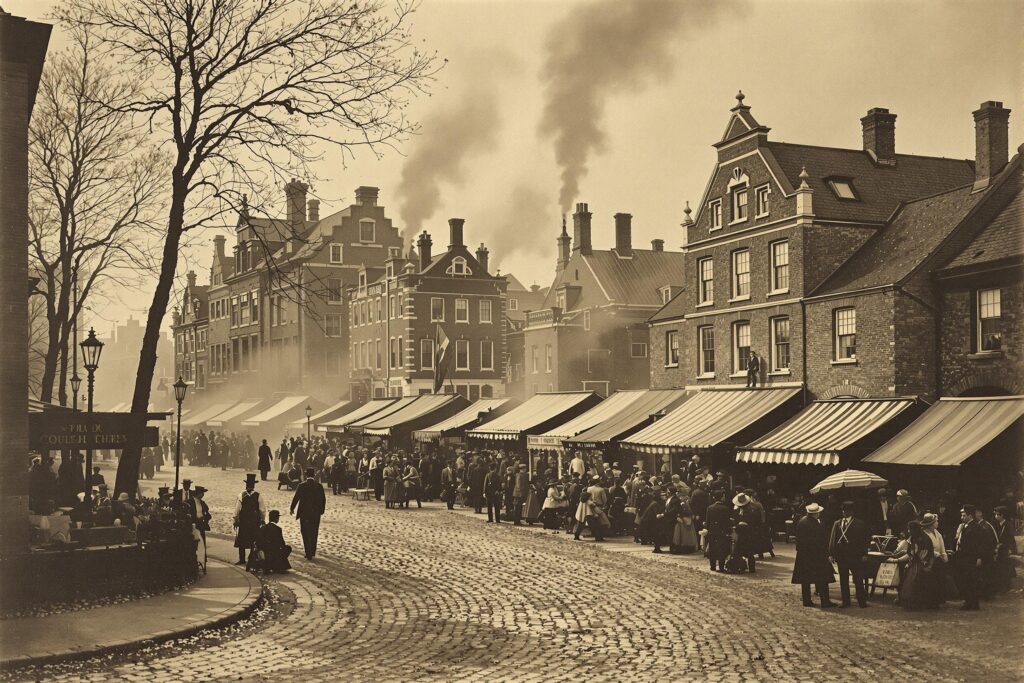Tucked between the James and York rivers in southeastern Virginia, Williamsburg is more than just a charming colonial town—it’s a living window into America’s early days. Its history is deep, complex, and full of the kinds of stories that shaped a nation.
From Wilderness to Capital
Before Europeans arrived, the area was home to the Powhatan people, a powerful Native American confederacy led by Chief Powhatan. In the early 1600s, English settlers landed nearby and founded Jamestown in 1607, the first permanent English settlement in America. But Jamestown was swampy, mosquito-ridden, and prone to fire and disease. So, in 1699, Virginia’s capital was moved a few miles inland to higher ground. That new capital? Williamsburg.
It was named in honor of King William III of England, and quickly became the heart of political, cultural, and academic life in colonial Virginia.
A Colonial Powerhouse
By the early 1700s, Williamsburg was thriving. It had Duke of Gloucester Street—its main drag—lined with taverns, shops, and homes. More importantly, it became a hub for revolutionary ideas. Big names like Thomas Jefferson, Patrick Henry, and George Washington walked its streets, debated in its halls, and plotted America’s path to independence right there.
It was also home to The College of William & Mary, founded in 1693 and the second-oldest college in the U.S. (after Harvard). Many of America’s founding fathers studied there, soaking in Enlightenment ideas that would fuel the revolution.
The Revolution and Decline
When the American Revolution began, Williamsburg was front and center. But by 1780, the capital moved again—this time to Richmond, seen as a safer location during the war. With the political power gone, Williamsburg slowly faded into a quiet town.
For the next century and a half, it lived in the shadows. The Civil War passed through, and while the town saw some fighting, it wasn’t a major battleground. Its buildings aged, its fame dimmed—but that turned out to be a blessing in disguise.
